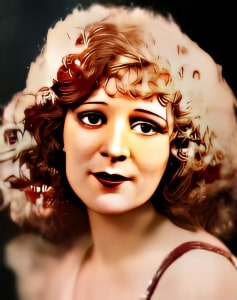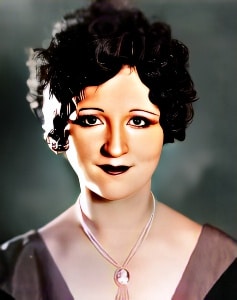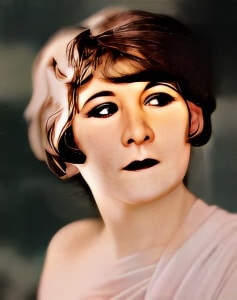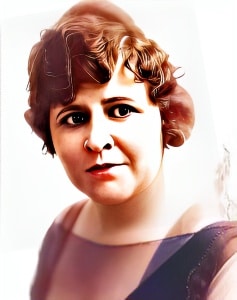 Marguerite De La Motte (1902-1950) was an American actress known for her versatile and captivating performances in both silent and sound films.
Marguerite De La Motte (1902-1950) was an American actress known for her versatile and captivating performances in both silent and sound films.
Born on June 22, 1902, in Duluth, Minnesota, she rose to prominence during the early years of American cinema and left a lasting impact on the entertainment industry.
De La Motte’s early life and entry into the performing arts are less documented, but she displayed a natural talent for acting from a young age. Her early experiences on the theatrical stage provided a strong foundation for her future success as an actress in the emerging world of cinema.
As silent films gained popularity in the early 20th century, Marguerite De La Motte transitioned to the new medium. Her expressive face and ability to convey emotions effectively made her a sought-after talent in the emerging film industry. She quickly gained recognition for her acting talent and her ability to embody a wide range of characters.
One of her notable roles was in the 1920 silent film “ The Mark of Zorro,” directed by Fred Niblo and starring Douglas Fairbanks. De La Motte played the female lead, Lolita, in this iconic film. Her performance showcased her ability to hold her own alongside the charismatic Fairbanks and contributed to the film’s success.
As the film industry transitioned to sound in the late 1920s and early 1930s, De La Motte continued to thrive as an actress. Her ability to adapt to sound films seamlessly demonstrated her versatility and her enduring appeal as a performer.
One of her memorable sound film roles was in the 1931 romantic drama “Little Caesar,” directed by Mervyn LeRoy and starring Edward G. Robinson. De La Motte played the character of Olga Stassoff, adding depth to the film’s narrative. Her performance in “Little Caesar” showcased her ability to contribute to significant works in the sound film era.
Marguerite De La Motte’s career continued to flourish as she worked with notable actors and directors of her time. She shared the screen with legendary figures like Joan Crawford and John Barrymore, demonstrating her ability to hold her own alongside Hollywood’s brightest stars.
In addition to her contributions to film, De La Motte remained active on the theatrical stage, further underscoring her commitment to the world of entertainment. Her dedication to both mediums highlighted her enduring love for acting and performing.
While the specifics of De La Motte’s later career are less documented, her early work on both the stage and in films remains an important part of the history of American cinema. Her ability to transition from the stage to silent films and, later, to sound films demonstrated her adaptability and her talent for immersing herself in a wide range of characters.
Marguerite De La Motte passed away on March 10, 1950, but her contributions to the early years of American cinema and the theater remain a testament to her talents and versatility as an actress. Her legacy as a respected and versatile performer endures, leaving an indelible mark on the world of entertainment.




